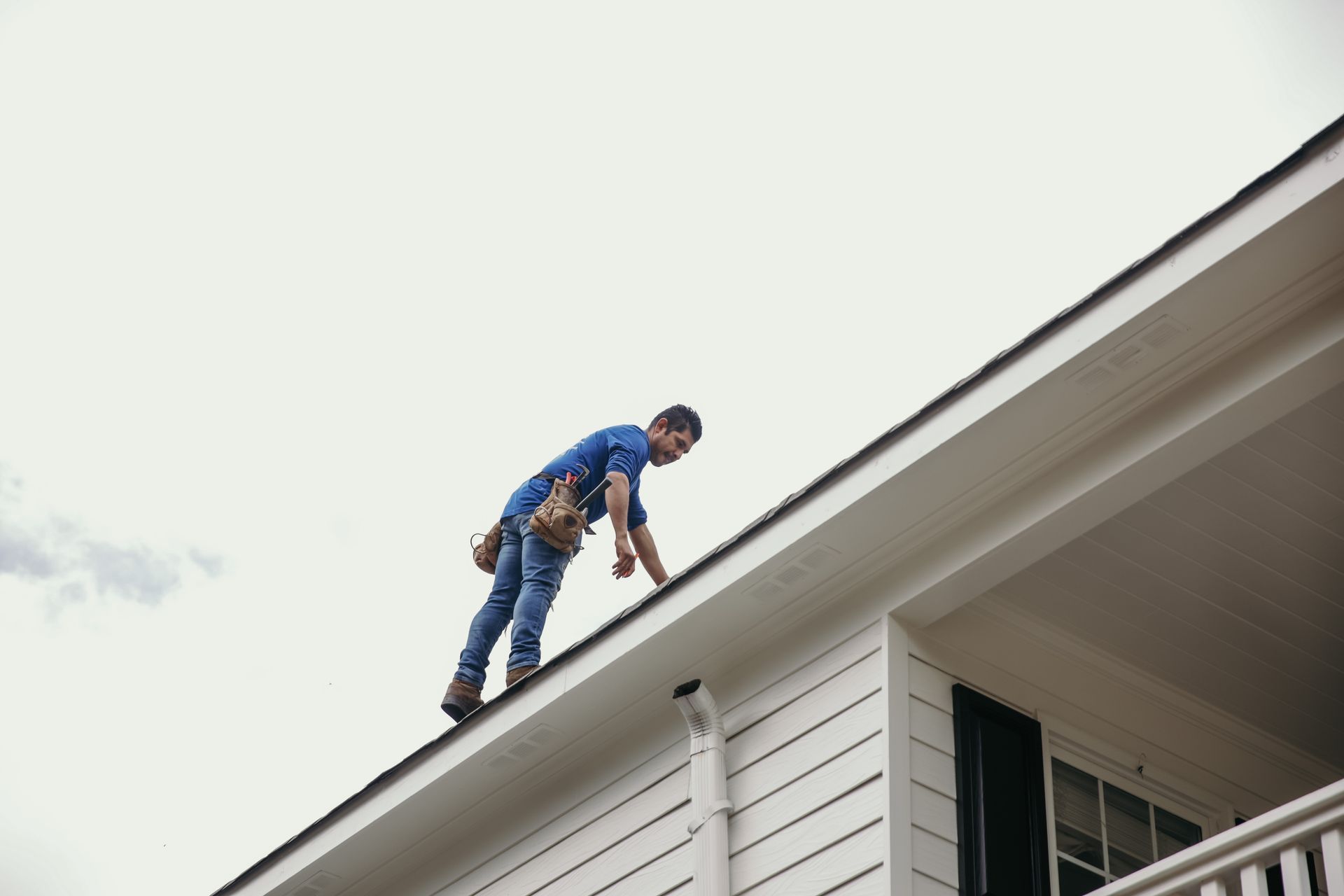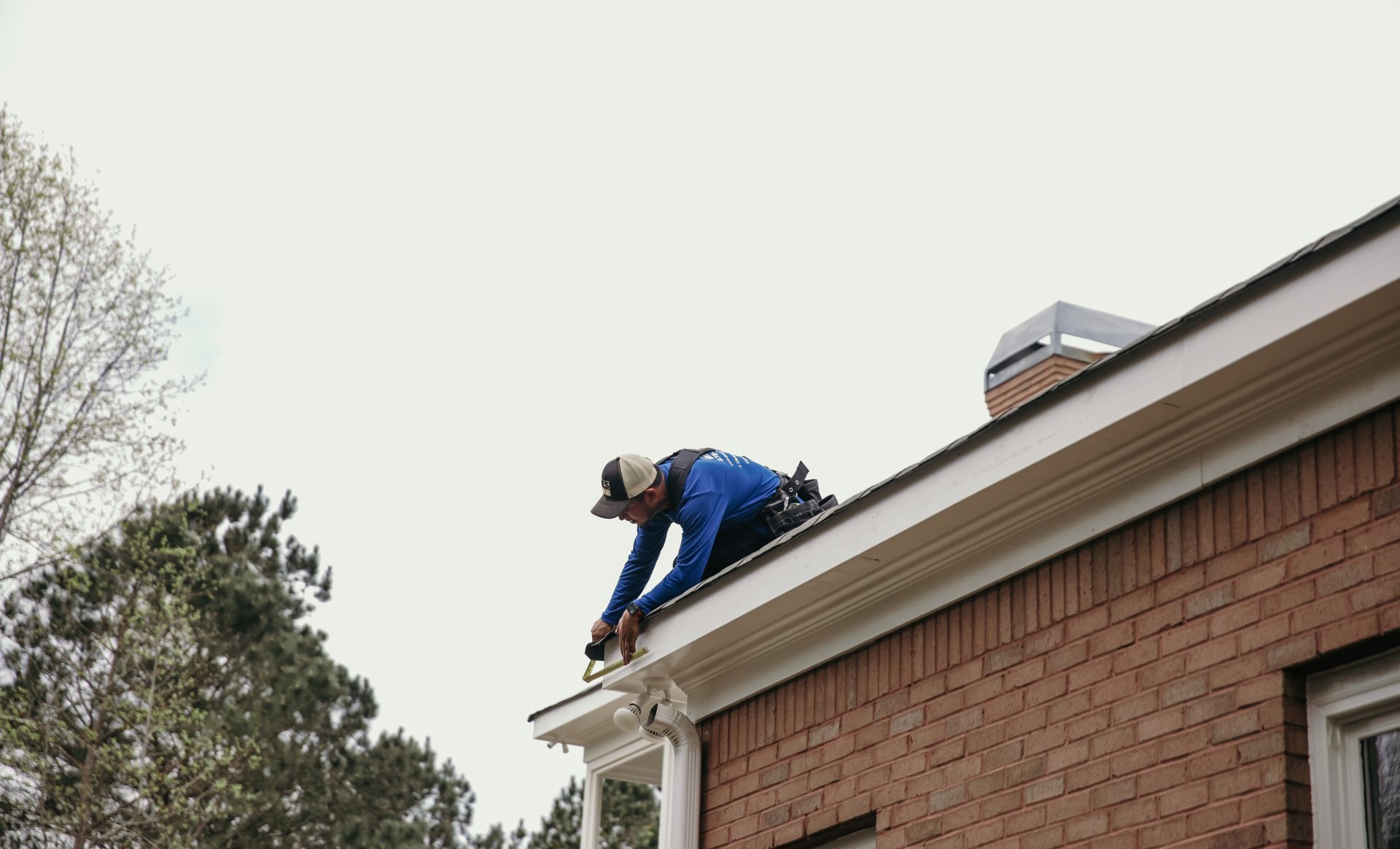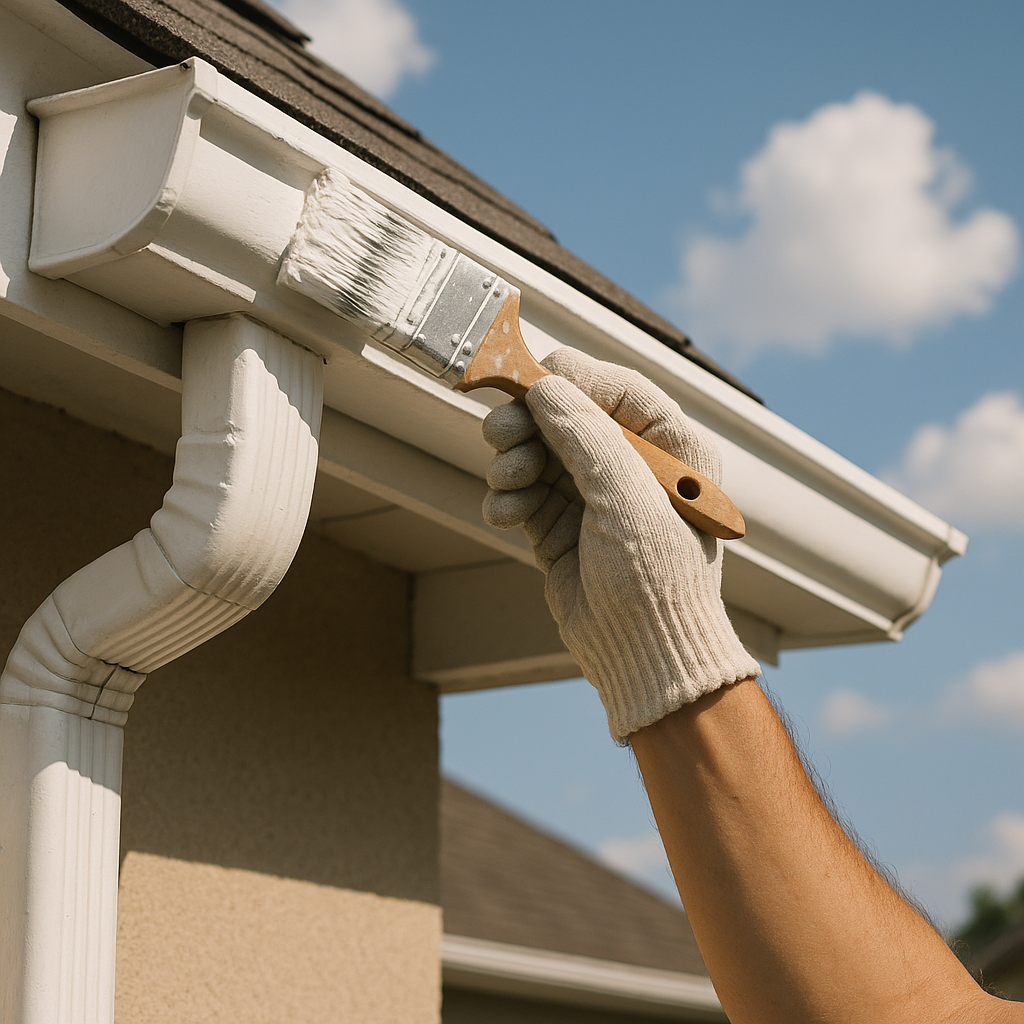Why Your Gutters Overflow in Heavy Rain (And How to Fix It)
Overflowing gutters during heavy rain can be more than just a nuisance. They can lead to water damage, foundation issues, and costly repairs if not addressed promptly. Understanding why your gutters overflow in heavy rain and how to fix it is crucial for every homeowner.
Let’s break it down step by step.
Common Reasons for Gutter Overflow
There are several reasons why your gutters overflow during heavy rain.
Let’s explore the most common culprits:
1. Clogs in the Gutter System
A primary cause of gutter overflow is debris buildup. Leaves, twigs, and dirt can clog the gutter system, obstructing the flow of rainwater and causing water to spill over the sides.
2. Improper Gutter Slope
If your gutters lack the proper tilt or slope, water won’t drain effectively. This leads to pooling and eventual overflow, especially during heavy rainfall.
3. Inadequate Gutter Size
Sometimes, the amount of rainwater exceeds what your gutters can handle. Older homes with small or damaged gutters may struggle to accommodate heavy rain, leading to spills and overflows.
4. Clogged Downspouts
Even if the gutters are clean, blocked downspouts can prevent water from flowing away efficiently. This forces water to back up and overflow the gutters.
5. Damaged Gutters
Cracks, sagging sections, or loose attachments in the gutter system can also cause overflowing gutters. Damaged sections fail to channel water properly, exacerbating the problem.
How to Fix Overflowing Gutters
Now that you know what’s causing the issue, here are actionable steps to fix it:
Step 1: Clean Your Gutters
Start by removing any visible debris from your gutters and downspouts. Use gloves, a scoop, or a leaf blower to clear out leaves, dirt, and other obstructions. Clean gutters twice a year to keep debris from causing problems.
Step 2: Flush the System
After clearing the debris, use a garden hose to flush out the gutters and test the flow of water. Make sure water flows freely through the downspouts without pooling or backing up. This helps prevent pools of water from forming near your home.
Step 3: Inspect the Slope
Check the pitch and tilt of your gutters. The proper slope ensures that water flows toward the downspouts. Adjust any uneven sections to prevent pooling. If the pitch and tilt are incorrect, they might cause the gutters to overflow.
Step 4: Address Clogged Downspouts
If water still won’t drain, inspect your downspouts for clogs. Use a plumbing snake or high-pressure hose to clear blockages and ensure proper drainage. Clogged downspouts are a common reason for overflowing gutters during heavy rain.
Step 5: Repair or Replace Damaged Gutters
Inspect your gutter system for damage. Replace sagging or cracked sections, and secure loose attachments to restore functionality. If your gutters are outdated or undersized, consider upgrading to seamless gutters or larger models to handle the amount of rainfall.
Step 6: Install Gutter Guards
To prevent future clogs, consider adding gutter guards or mesh screens. These help keep leaves and debris out of your gutters, reducing maintenance and improving water flow. They also help prevent water damage to your home.
Why Preventing Gutter Overflow Matters
Overflowing gutters can lead to significant problems, including:
- Foundation Damage: Water pooling near your foundation can weaken its structure and lead to costly repairs.
- Roof Leaks: Backed-up water can seep under your roof, causing leaks and damage to your home’s interior.
- Siding Issues: Overflowing water can stain or damage your siding, reducing your home’s curb appeal.
- Landscape Erosion: Excess water runoff can wash away soil and damage your landscaping.
Preventive measures like regular cleaning and maintenance help protect your home from these risks. Regular inspections can ensure water flows away from your home and prevents problems like sagging gutters or pools forming around the foundation.
Maintenance Tips to Prevent Gutter Overflow
Keeping your gutters in top condition requires consistent maintenance. Here are some tips to help:
- Clean your gutters twice a year: Aim for spring and fall to remove leaves and debris.
- Inspect after heavy storms: Check for clogs, sagging sections, or damage after severe weather.
- Install wider gutters: If your current gutters can’t handle the amount of rainwater, consider upgrading to larger models.
- Check the pitch and tilt: Ensure your gutters have the correct slope to prevent water pooling.
- Install gutter guards: These can significantly reduce the frequency of clogs and the need for cleaning. They’re a great gutter solution for preventing debris from falling inside.
Frequently Asked Questions
Why do my gutters still overflow after cleaning?
Even if you clean gutters regularly, improper slope, undersized gutters, or clogged downspouts can still cause overflow. Inspect these elements to identify the root cause.
How can I prevent water from pooling near my home?
Ensure your gutter system channels water away from the house. This may involve extending downspouts, adding splash blocks, or improving drainage around your foundation.
Are seamless gutters worth the investment?
Yes, seamless gutters offer better durability and reduce the risk of leaks. They are an excellent option for homeowners looking to minimize maintenance and improve their gutter system.
What are the signs of damaged gutters?
Look for cracks, sagging sections, rust spots, or water stains on your siding. These indicate that your gutters need repair or replacement.
Can overflowing gutters damage my roof?
Absolutely. Water that backs up into your roof can cause leaks, rotting, and mold growth. Addressing gutter overflow promptly helps prevent these issues.
Conclusion
Understanding why your gutters overflow in heavy rain is the first step to protecting your home. Regular maintenance, proper slope adjustments, and timely repairs are essential to keep your gutters functioning effectively. If you’re facing persistent issues, it might be time to consider professional help.
At Gutters 4 Less, we specialize in gutter cleaning, repair, and installation services across Georgia. Whether you need to fix a gutter overflow or upgrade to a more efficient system, we’re here to help. Call us today at 678-263-7085 or visit our website to request your free estimate. Let’s ensure your home stays safe and dry, no matter how heavy the rain!





